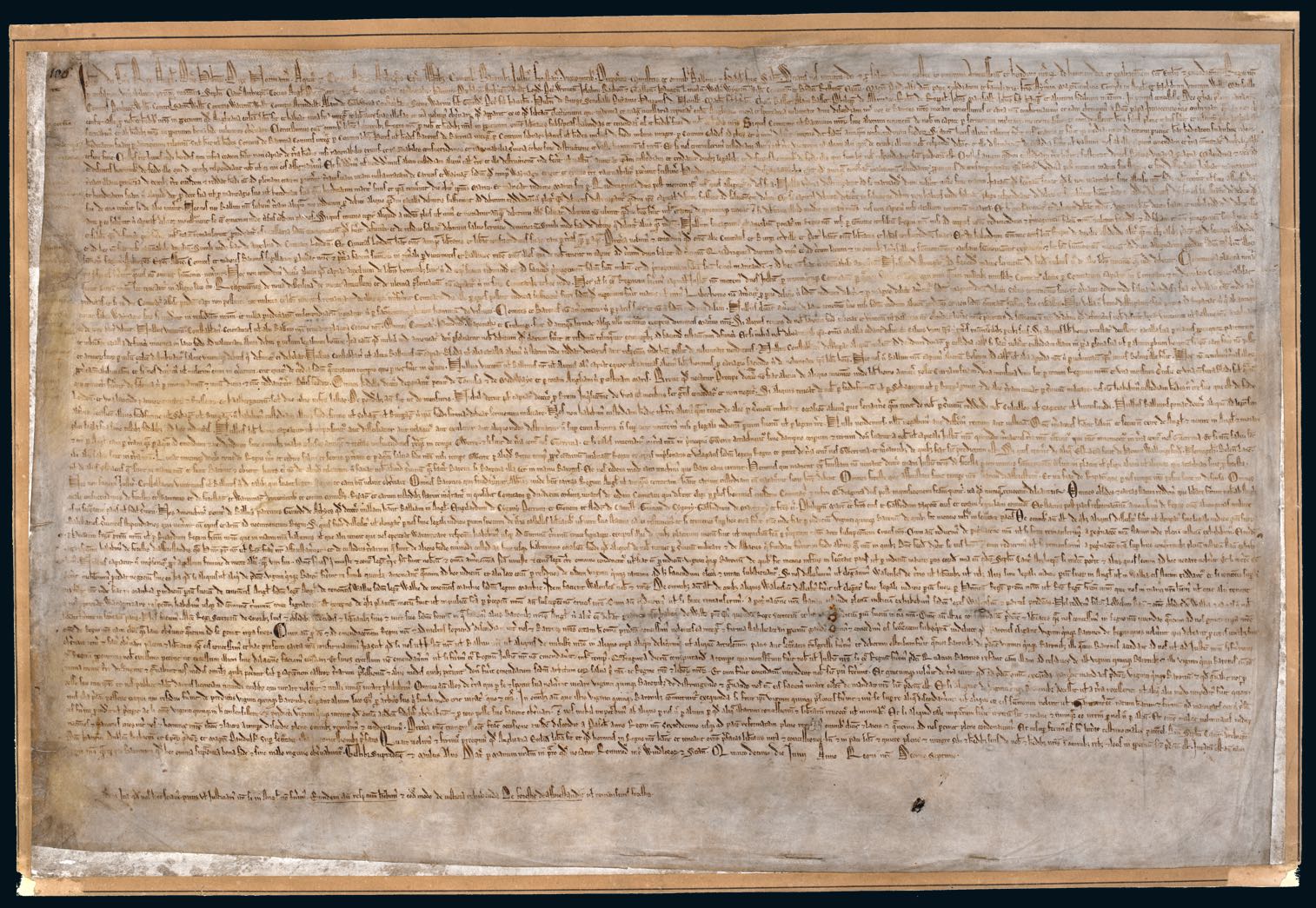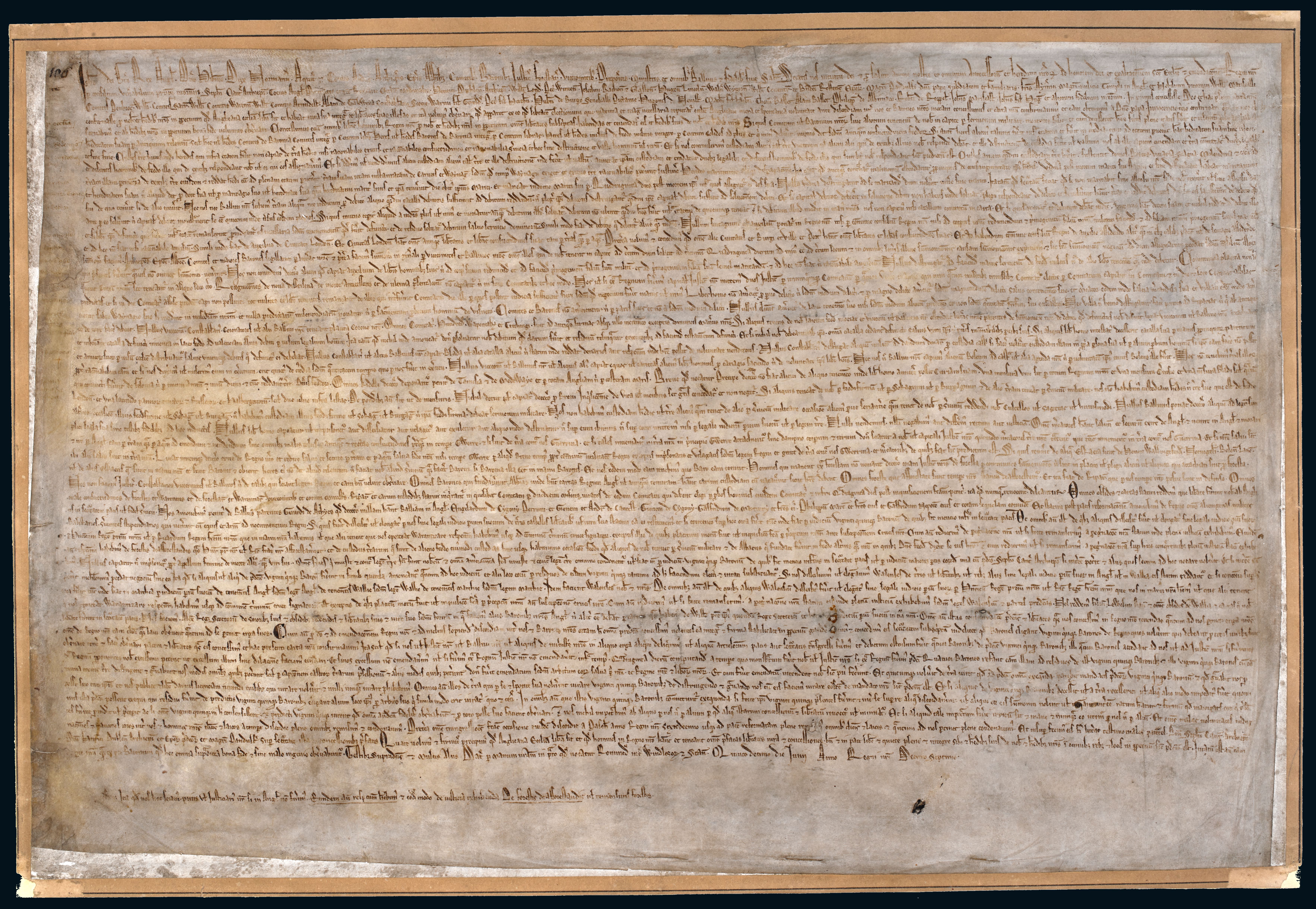
Shearers’ strike, 1894
Who had Magna Carta on their side?
‘Magna Carta laid down … that no free man should be arrested and kept in prison without trial … Was it possible that the men of Queensland had become so degenerate that they should surrender the right so dearly ..?’— William Kidston, workers’ leader, September 1894
At the beginning of the 1890s a long economic boom which had sustained four decades of rising prosperity ended abruptly, precipitating a series of great strikes. A chief centre of unrest was the rural hinterland of Queensland and New South Wales, where shearers and sheep station owners struggled to protect their rights and livelihoods.
Striking shearers armed themselves and began to practice and drill for conflict. Woolsheds were burnt, men guarding property were fired on, and non-union workers were assaulted. Police and troops were sent in. In 1894 the Queensland Government passed the Peace Preservation Act. In districts proclaimed under the Act it became illegal to carry firearms. Anyone suspected of doing so was liable to arrest, and could be detained for up to six months without trial.
Some thought this violated a principle laid down in Magna Carta, that no free man should be arrested and kept in prison without trial. Others felt it was the strikers who were violating the Great Charter, because they were using and threatening violence against the rightful power of the central government to maintain order. One form of coercion — parliament’s — was lawful. The other was not.
The strike finished before the new law came into effect.

